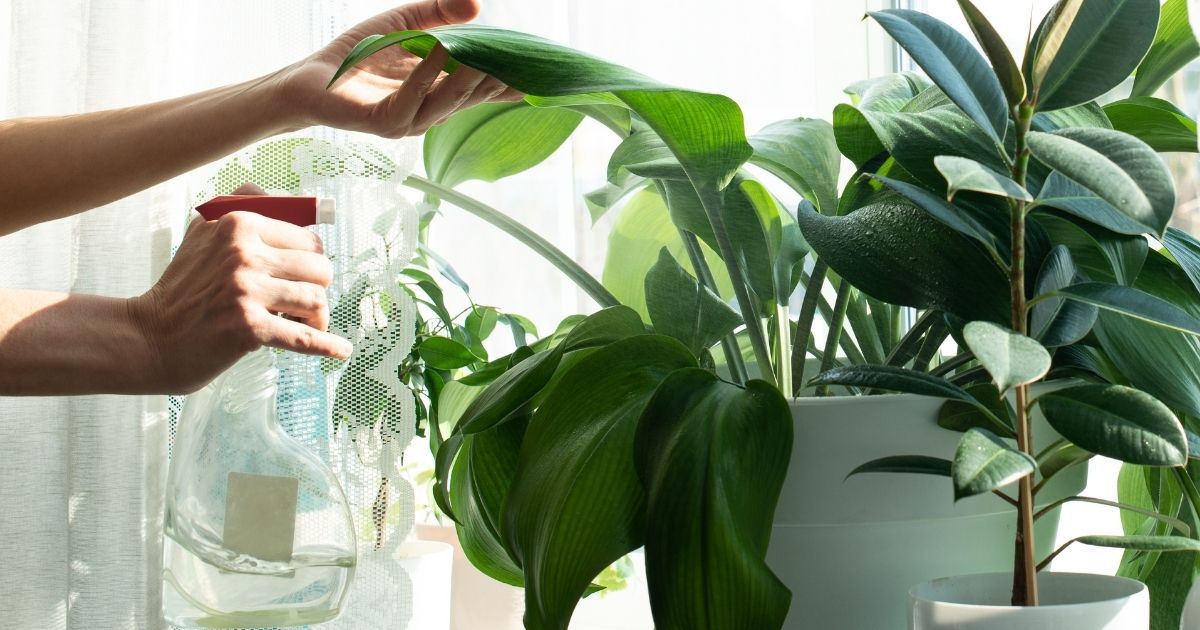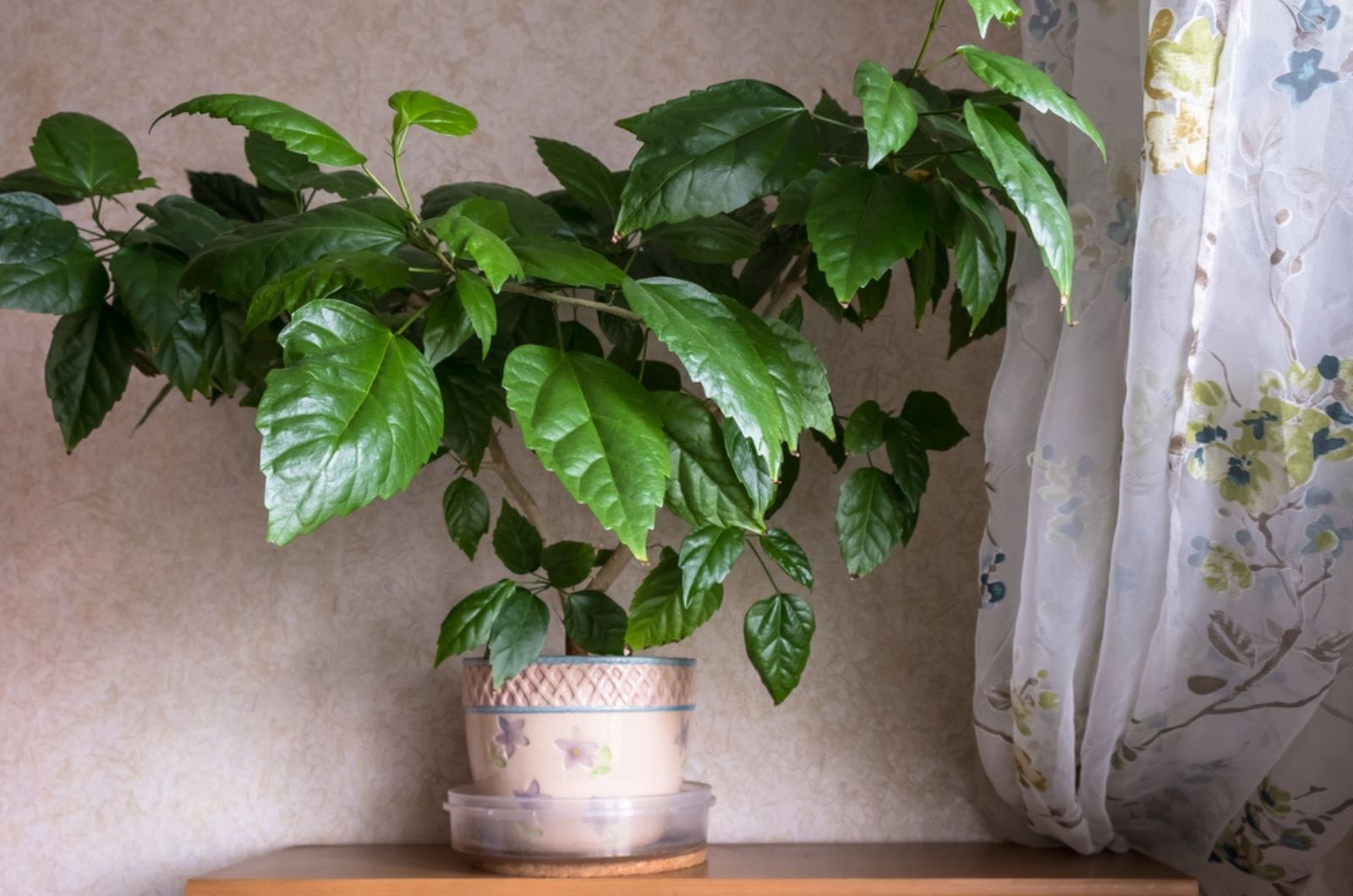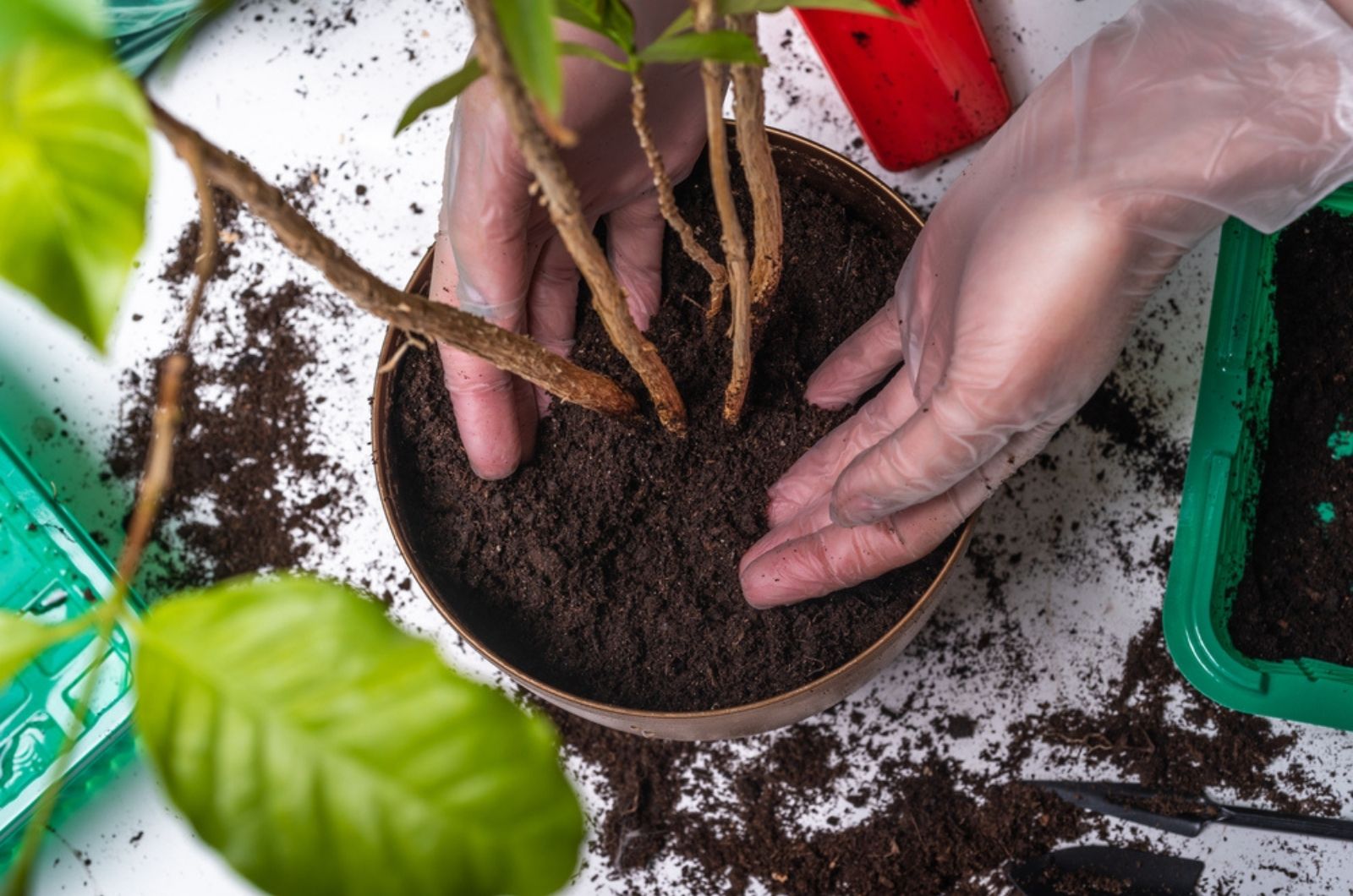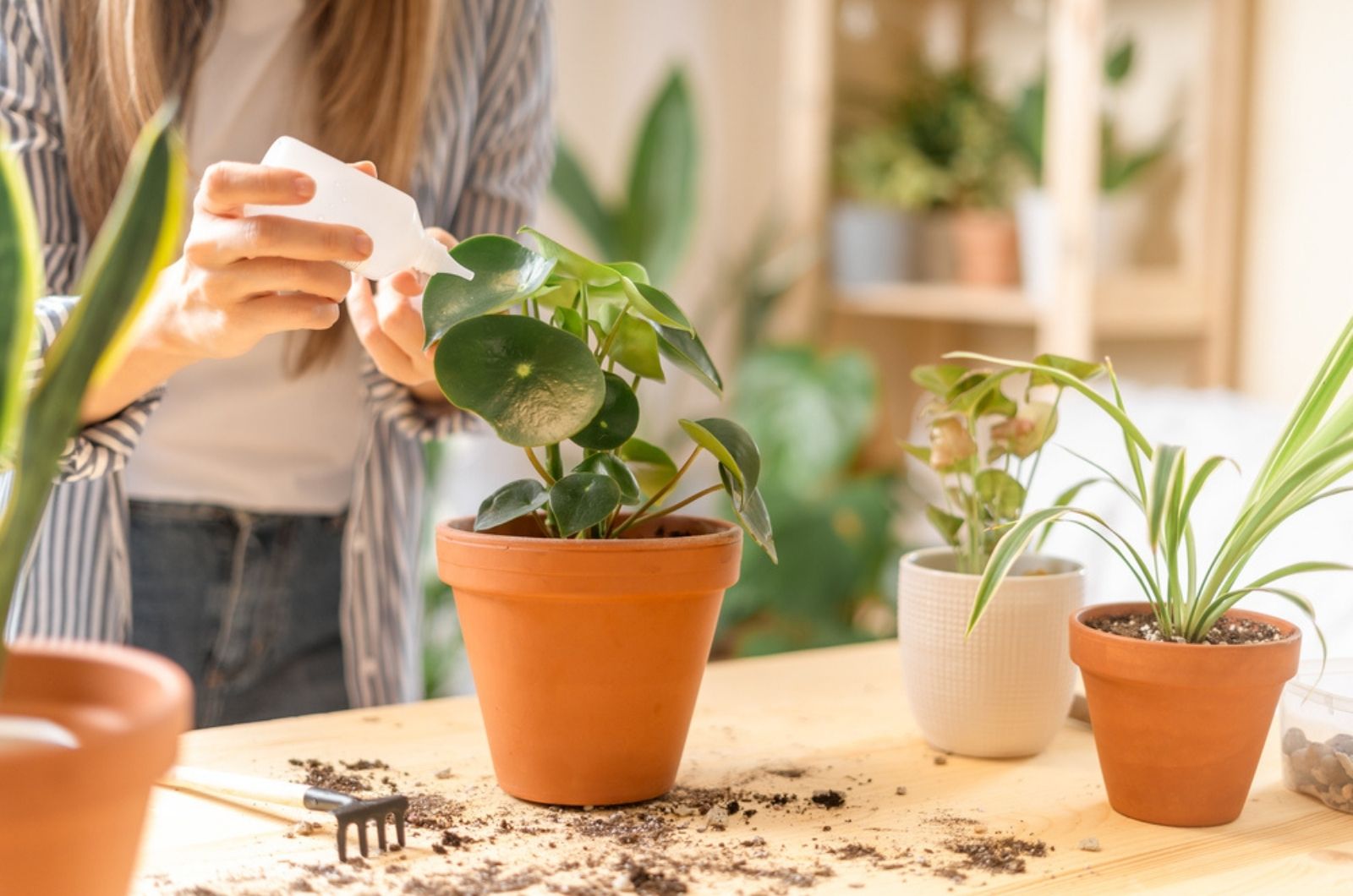Prepare for a cozy and vibrant winter with container plants that thrive indoors!
As the chill of winter sets in, it’s time to rescue your beloved potted plants from the cold and bring them indoors, where they can continue to flourish.
Usually the frost comes around in September, but this year we had a few extra frost-free weeks in October, too. Jobs that had to be done in October are officially over and all you have to do is bring those beautiful plants indoors.
This way, you will spruce up your living space a bit, but also have vibrant flowers to bring outdoors once the weather gets warmer. Hibiscus, begonias, geraniums, sweet potato vine, and mandevilla are just a few of the plants that can be overwintered easily.
If you grow tropical plants like hibiscus, dipladenia, and mandevilla, you should bring them indoors as they get injured once the temperature drops below 40 degrees Fahrenheit.
Before you bring them inside, rinse them gently to get rid of any aphids and mites. You can also spray them with insecticidal soap, just in case. Prune them if needed and put them in a sunny location.
Plants’ growth slows down as a result of shorter days and declining light. Reduce the frequency of watering so that it mimics the dry season of the tropics to follow this natural rhythm. Water these beauties only when the soil is completely dry. Add some half strength fertilizer, too.
In case you haven’t repotted yet, it can be done until late winter. Leaves might turn yellow but that’s completely normal given the fact that they adapt to new surroundings. Longer days in March will get the plants back on track.
If repotting is necessary, do so now with a pot that is slightly larger and a potting mix that has a lot of peat moss. Get rid of spindly winter growth to promote new growth. Increase watering and start fertilizing once you notice new growth.
Plants can be taken back outside in the spring whenever the nighttime low temperature stays regularly over 50 degrees Fahrenheit.
If you grow geraniums, you can propagate them from cuttings first. Simply put 3-inch-long geranium cuttings in a mixture of peat and sand (you can also use peat and vermiculite).
The mother plant should be cut back to about three inches above the soil level and placed on sunny windowsills or under artificial growth light. During the winter, water these plants sparingly and also fertilize them once a month.
In March, you should again cut new winter growth to about three inches above soil level in order to promote lush and vibrant new growth. Fertilizers added every two weeks will get your geraniums to greenhouse-quality by the middle of May!
You might also be interested in: 5 Effective Ways To Keep Geraniums Blooming
Other plants like begonias, coleus, thunbergia, and sweet potato vines can also be overwintered. Just like geraniums, you can use tip cuttings to propagate them – simply put them in the right potting soil and transfer them into 4-inch pots after the roots have established.
Mother plants can be pruned back to a manageable size before being repotted and taken indoors. Put them next to a sunny window or under grow lights. Remember to trim back in March to promote dense, well-branched plants.




